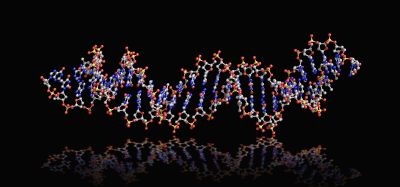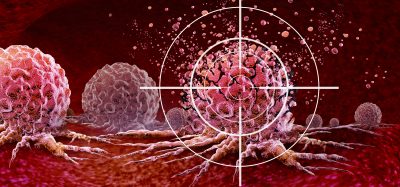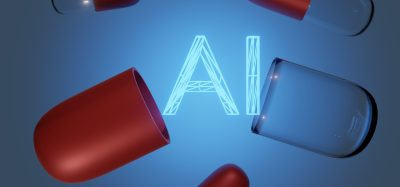Neutrophil nanosponges soak up rheumatoid arthritis promoting proteins
Posted: 3 September 2018 | Iqra Farooq (Drug Target Review) | No comments yet
The neutrophil nanosponges can absorb and neutralise cytokines which play a role in the development of rheumatoid arthritis…


Researchers from the University of California San Diego have developed neutrophil ‘nanosponges’ that are able to absorb and neutralise a variety of proteins that play a role in the development of rheumatoid arthritis.
Injecting these nanosponges into two mouse models effectively treated severe arthritis, and administering them early on, prevented the disease from developing.
“Nanosponges are a new paradigm of treatment to block pathological molecules from triggering disease in the body,” said senior author Professor Liangfang Zhang, from UC San Diego Jacobs School of Engineering.
“Rather than creating treatments to block a few specific types of pathological molecules, we are developing a platform that can block a broad spectrum of them, and this way we can treat and prevent disease more effectively and efficiently.”
The nanosponges are made of tiny particles of biodegradable polymer coated with the cell membranes of neutrophils – a type of white blood cell.
Neutrophils are part of the immune systems response against pathogens invading the body. They are also part of the problem leading to rheumatoid arthritis.
Rheumatoid arthritis is an autoimmune disease that causes pain and inflammation in multiple joints. It is not yet clear why the immune system starts to attack the body’s own tissues, and as it is quite variable it is difficult for doctors to predict the development for the disease. Ultimately, rheumatoid leads to damage of cartilage and bone tissue.
When the disease develops, cells in the joints produce cytokines, inflammatory proteins. The release of these proteins signals to neutrophils to enter the joints. Once there, the cytokines bind to receptors on the neutrophil surface, activating them to release more cytokines. This draws in more neutrophils, and continues the circle.
The nanosponges act as neutrophil decoys, intercepting cytokines and stopping them from signalling even more neutrophils to the joints. This reduces inflammation and joint damage.
“Our approach is to take neutrophil cell membranes, which naturally have receptors to bind all these different types of cytokines, and use them to manage an entire population of inflammatory molecules,” said Prof Zhang.
“This strategy removes the need to identify specific cytokines or inflammatory signals in the process. Using entire neutrophil cell membranes, we’re cutting off all these inflammatory signals at once,” said first author Qiangzhe Zhang, a Ph.D. student in Prof Zhang’s research group at UC San Diego.
“We are basically able to manage the disease. It’s not completely gone. But swelling is greatly reduced and cartilage damage is minimized,” Prof Zhang added.
Prof Zhang’s lab has previously developed red blood cell nanosponges to target and prevent MRSA infections, and macrophage nanosponges to treat and manage sepsis.
The findings were published in Nature Nanotechnology.
Related topics
Disease Research, Drug Delivery, Drug Discovery, Drug Targets, Research & Development, Therapeutics
Related conditions
rheumatoid arthritis
Related organisations
UC San Diego
Related people
Professor Liangfang Zhang, Qiangzhe Zhang








